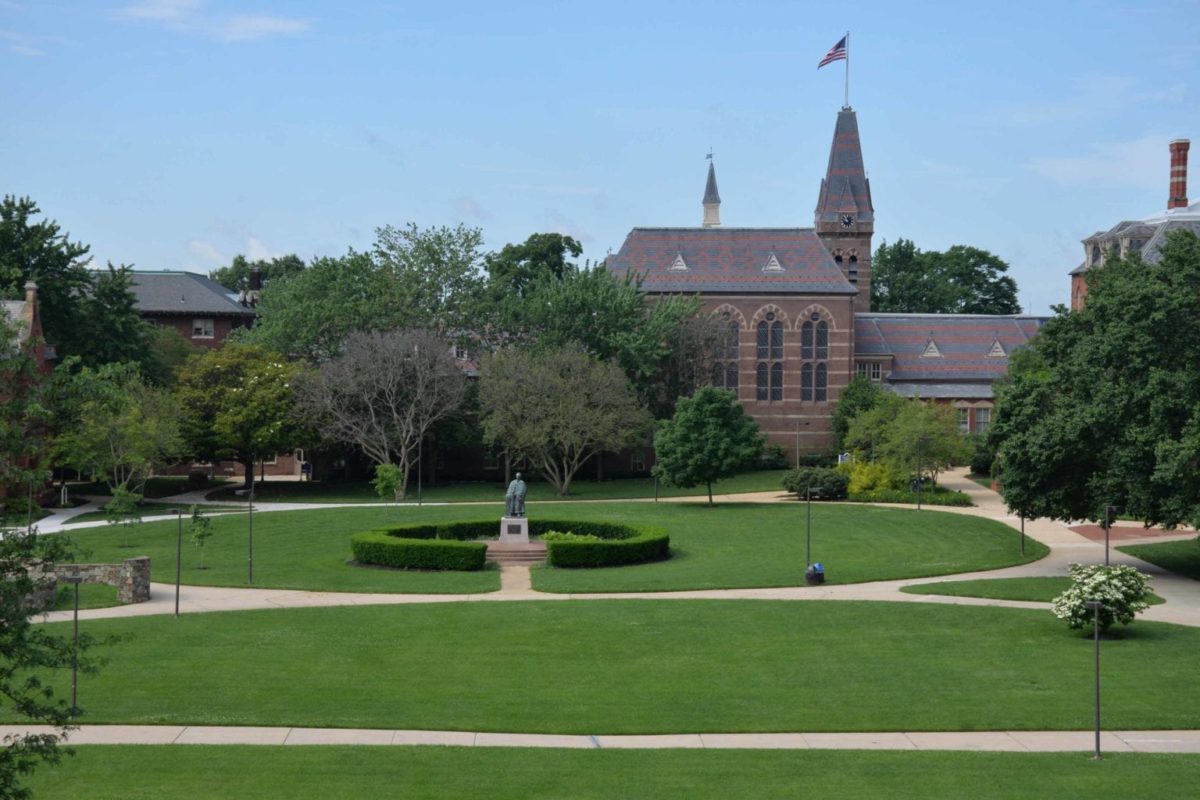Gallaudet University is partnering with Scale Microgrid Solutions and Urban Ingenuity to build a microgrid on its campus in Northeast Washington, DC. The microgrid consists of 2.5MWof solar ppanels spread across numerous campus rooftops and parking garages, a 1.2MW/2.5MWh lithium-ion battery energy storage system, and 4.5MW combined cooling, heat, and power (CCHP) system.
Scale Microgrid Solutions will design, build, and operate this project with a consortium of industry-leading technology and contracting collaborators, including Urban Ingenuity, Schneider Electric, Mitsubishi, CHA Consulting, and New Columbia Solar.
The microgrid will meet much of the electrical needs of the campus and significantly reduce the university’s utility costs. Expected to go online by Fall 2023, the project will also provide clean power to the surrounding community.
“After several years of careful planning, we are excited that this transformational project is becoming a reality,” said Gallaudet University President Roberta J. Cordano. “The microgrid will help Gallaudet meet the energy challenges of the 21st century. Gallaudet has been an anchor in the District for 158 years, and we are proud to be building an energy system that will benefit the community.”
Gallaudet University, federally chartered in 1864, ensures the intellectual and professional advancement of Deaf, hard of hearing and Deafblind individuals through American Sign Language and English.
“We are thrilled to partner with Gallaudet University on a truly breakthrough system that not only will deliver valuable resiliency benefits for the university but also provide the surrounding community with access to cleaner energy,” said Ryan Goodman, Chief Executive Officer of Scale Microgrid Solutions. Scale is a vertically integrated distributed energy platform, with a core focus of designing, building, financing, owning, and operating distributed energy.
The system will work in parallel with the utility to power the campus and, in the event of a grid outage, the microgrid will enable campus operations to continue with minimal disruption. In addition, electricity generated by the solar arrays will be available as many as 1,500 area homes, nonprofit organizations, or small businesses through the District of Columbia community solar program.
“With this ground-breaking project, Gallaudet University is demonstrating that clean and resilient infrastructure offers a vital source of innovation and growth for the National Capital region and the nation,” said Bracken Hendricks, CEO of Urban Ingenuity, the microgrid architect serving as financial and technical advisor in developing this system. “As a flagship educational institution for Washington, D.C. and as a cornerstone of the global deaf and hard of hearing community, Gallaudet deserves tremendous credit for providing the vision and leadership required to build climate solutions, while ensuring a more just and resilient local community. We are honored to be part of this world-class team.”
Urban Ingenuity (UI) provides financing and development of clean energy projects that promote economic development and build just, green, and resilient neighborhoods. UI oversees the D.C. Property Assessed Clean Energy financing program for the D.C. Green Bank.
The project’s participation in the D.C. community solar program is made possible through collaboration with Potomac Electric Power Company (PEPCO). Typically, on-site community solar projects connect to the grid directly, skipping the home or building’s power infrastructure entirely. However, in this case, the electricity production from the solar panels distributed across Gallaudet’s campus is being tracked and allocated for community solar credits, despite being connected to the university’s own electrical infrastructure. This “virtual front of the meter” approach let Scale develop the project without the need for extensive cabling costs that would be required to aggregate these many distributed solar systems and connect them directly to PEPCO’s grid. Instead, they simply connect to the nearest power panel and PEPCO tracks the output through sensors and software.
This content is protected by copyright and may not be reused. If you want to cooperate with us and would like to reuse some of our content, please contact: editors@pv-magazine.com.









By submitting this form you agree to pv magazine using your data for the purposes of publishing your comment.
Your personal data will only be disclosed or otherwise transmitted to third parties for the purposes of spam filtering or if this is necessary for technical maintenance of the website. Any other transfer to third parties will not take place unless this is justified on the basis of applicable data protection regulations or if pv magazine is legally obliged to do so.
You may revoke this consent at any time with effect for the future, in which case your personal data will be deleted immediately. Otherwise, your data will be deleted if pv magazine has processed your request or the purpose of data storage is fulfilled.
Further information on data privacy can be found in our Data Protection Policy.